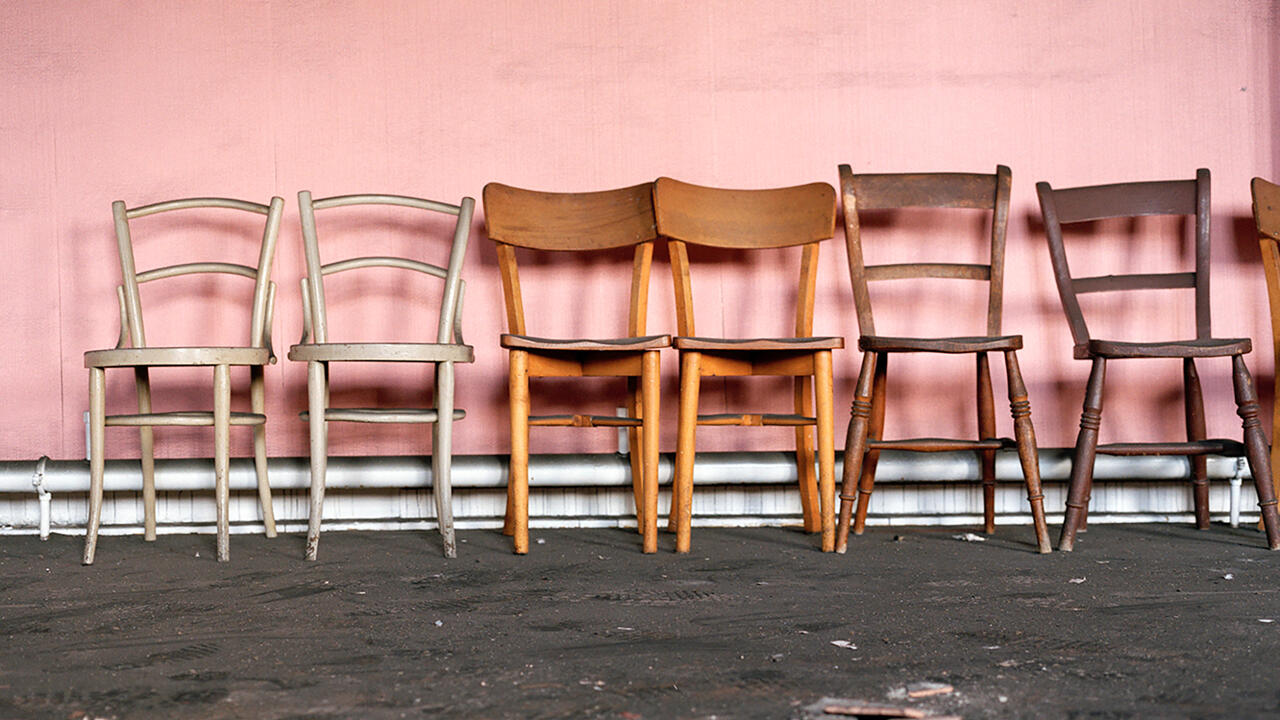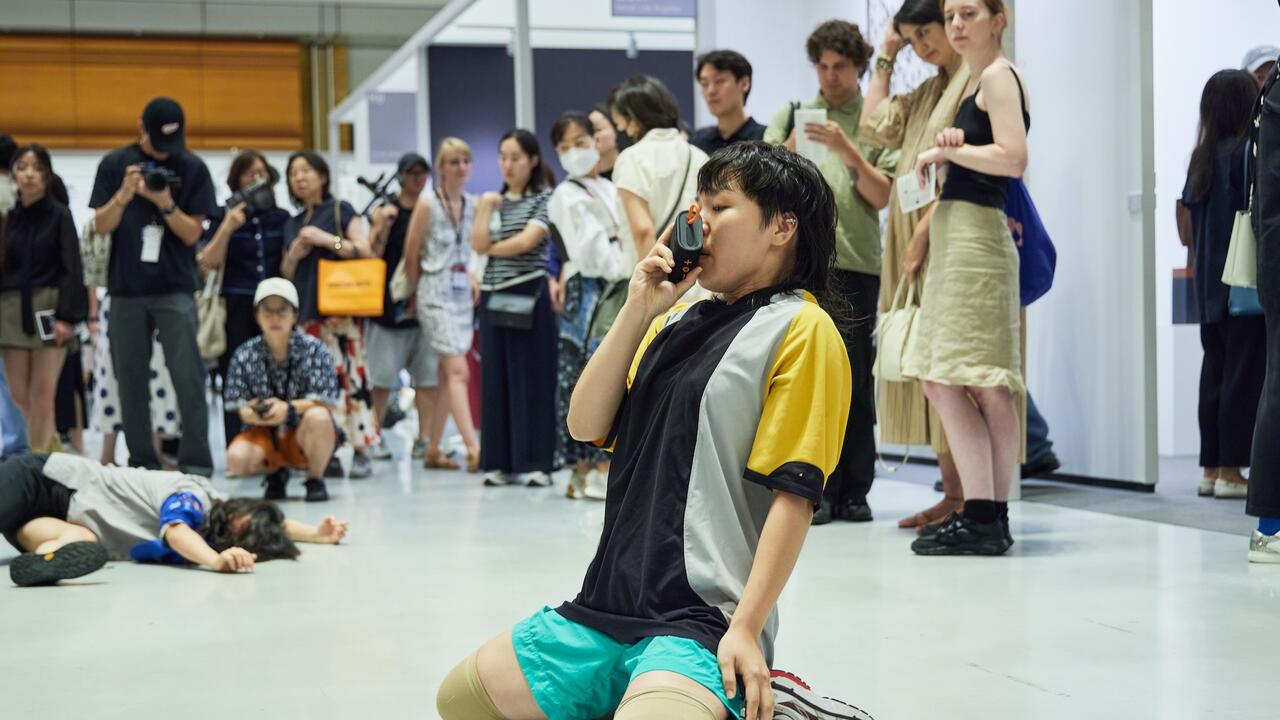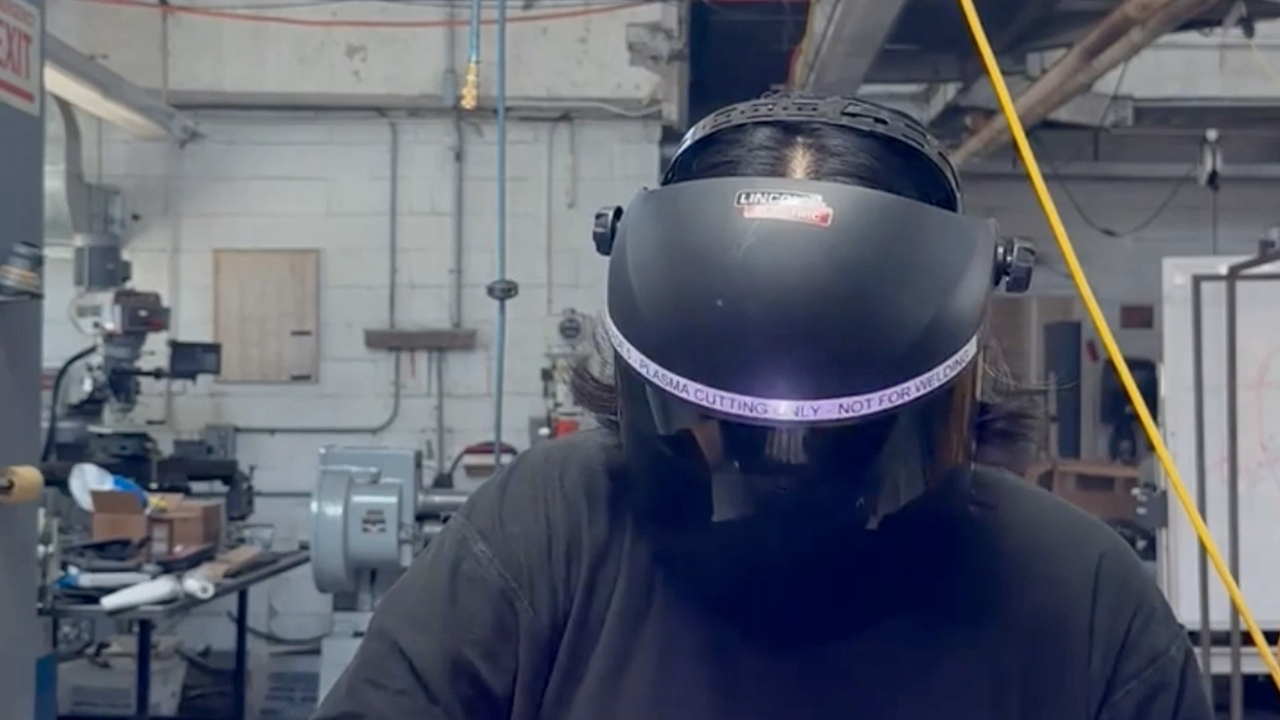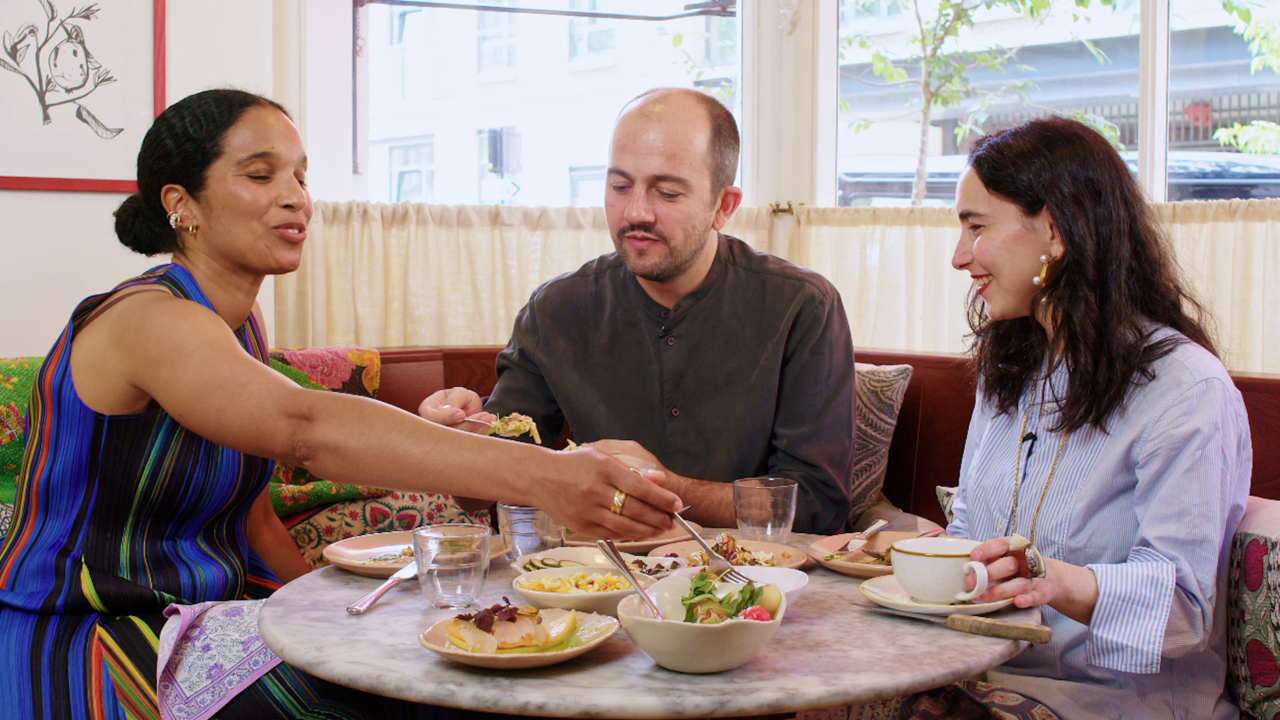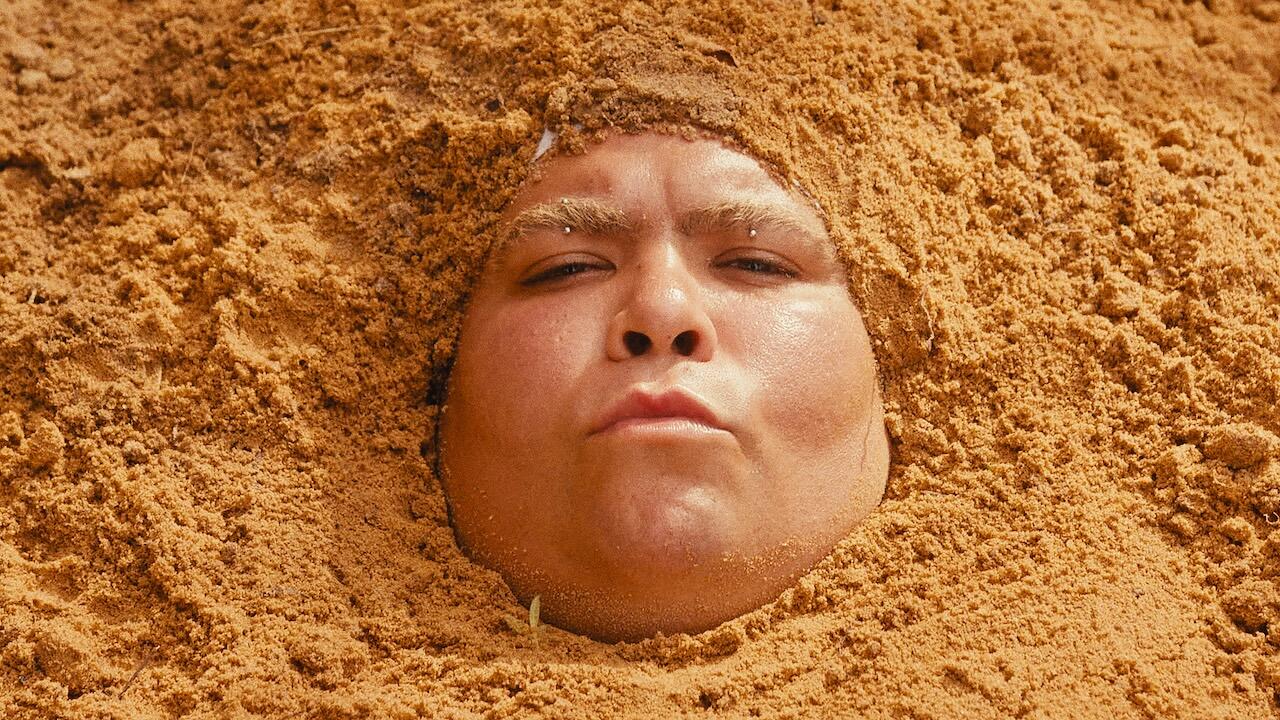Nasher Sculpture Center Stays the Course
In a moment of political pressure and shrinking public funding, interim director Jed Morse discusses the museum’s mission
In a moment of political pressure and shrinking public funding, interim director Jed Morse discusses the museum’s mission

Terence Trouillot So, my first question is maybe a bit obvious, given the current political climate – specifically, Trump’s executive orders targeting DEI initiatives and cultural institutions. Given that the Nasher is a private institution – and I know you’re serving as interim director – I’m curious how the museum is navigating this moment, especially in a red state like Texas. What’s the internal conversation about that?

Jed Morse There’s definitely a lot coming at cultural institutions right now, and updates are constant – whether from the American Association of Art Museum Directors or other organizations – just to stay informed. But for us, the most important thing is to go back to our core mission. Why are we here?
At the Nasher Sculpture Center, our mission has always been to serve as an international focal point for the appreciation and understanding of modern and contemporary sculpture. It’s a broad but focused charge. Because we work with artists from all over the world, we stay grounded in that global perspective.
The centre was founded by Raymond and Patsy Nasher. Patsy sadly didn’t live to see the museum open, but she and Ray talked constantly about how art helped them understand people from different backgrounds, different parts of the world. That openness – seeing art as a bridge to shared human experience – has been baked into the institution from the start. And in uncertain times, I think that foundation becomes even more important.

TT There are plenty of art prizes these days, but what sets awards like the Nasher Prize apart is its provision of unrestricted funds. Unlike many museum prizes, where the money is earmarked for an exhibition or monograph, the Nasher offers artists direct financial support. That kind of backing feels especially vital now, as federal arts funding continues to decline – a long-running trend. Given that the Nasher Prize has been around for nearly a decade, and its history of supporting artists feels more relevant than ever, how do you see it reflecting the institution’s core values? Does it also point to a broader shift in how we support artists – a move toward unrestricted prizes as a response to diminishing public funding?
JM That’s a good question. While we can’t predict the future, the intention behind the Nasher Prize has always been to spotlight artists who are shaping the field of sculpture in real time. It’s not a lifetime achievement award. It’s about asking: who is changing how we think about sculpture today?
Because we engage with both modern and contemporary work, the prize naturally helps us look toward the future. It also fuels a lot of our programming. The Nasher Prize Dialogue series, for instance, creates space for conversations around sculpture – whether through panels, symposia, or collaborative events around the world. We tailor each event to local contexts and current issues, working with institutions on the ground. That level of responsiveness feels essential.

The prize also enables a wide range of educational programming here in Dallas and beyond. So while I can’t say exactly what the future holds, I do know that the prize will continue to reflect our mission and stay relevant to the field.
TT That international scope is something I wanted to return to, especially in light of this year’s laureate, Otobong Nkanga. As a Nigerian-born artist living in Europe and being recognized by a US institution, it feels like a powerful moment. Can you speak to how her selection reflects the values of the Nasher?
JM Otobong is an extraordinary artist. Her work is grounded in finding a deeper understanding of the human family, our connection to the land and to each other. In this way, her practice reflects the broad humanist values that Raymond and Patsy Nasher held so dear. And just to clarify, no one from the Nasher staff votes on the jury. We facilitate the process – soliciting nominations, coordinating logistics – but the decision rests entirely with the jury.

TT Do you provide a shortlist?
JM No. We solicit nominations from about 200 colleagues worldwide – artists, curators, art historians, directors. We ask each to name one artist who’s had a profound impact on how we understand sculpture. That usually yields about 130 to 140 names.
We provide a brief write-up on each artist for the jury and ask them ahead of time to identify 10 artists they’re most eager to discuss. That narrows the list to about 70 or 80, which we then debate – intensively – in a single day.
TT One day?
JM Yep. We start at 9 a.m. and usually finish before 5 p.m. It’s a tight schedule.
TT Is it tense?
JM Never tense, but definitely lively. It’s a collegial group, and everyone respects one another. But there’s rigorous debate. Each juror brings a different perspective, and they lean on one another for deeper insights – especially when someone knows an artist’s work particularly well. It’s a rich conversation.

TT And some of the jurors have been involved since the beginning, right?
JM Yes. We’ve had people like Lynne Cooke, Nicholas Serota and Yuko Hasegawa involved from the start. And we’ve had past laureates, like Nairy Baghramian, join the jury, too.
TT I’d love to touch on how the prize relates to curatorial programming at the Nasher. What’s coming up?
JM After Haegue Yang’s show closes, we’re reinstalling parts of the permanent collection, incorporating recent acquisitions – both historical and contemporary – to trace intergenerational dialogues between sculptors.
Then in the fall, we’re opening the first US museum survey of Antony Gormley’s work. I was surprised he hadn’t had a major survey here before. Ours will be focused – our galleries aren’t enormous – but will span from his early work in the late 1970s to the present.
Because Gormley also creates large-scale public works – some bordering on architecture – we’ll dedicate a gallery to his models and sketchbooks. Additionally, we’re collaborating with him on a site-specific project: open-form figures in welded stainless steel placed on rooftops surrounding the Nasher.

TT Has the Nasher done rooftop sculpture before?
JM Not rooftop placements specifically, but we’ve done major public commissions. In 2013, for our tenth anniversary, we launched Nasher XChange, commissioning ten works for sites across Dallas. We’ve continued that initiative through Nasher Public, supporting temporary public projects, especially post-pandemic.
TT And then there’s also the Roy Lichtenstein and Nic Nicosia shows next year?
JM Sure. After the Gormley exhibition, we’ll present a joint gift from the Roy Lichtenstein Foundation – 50 works shared between the Nasher and the Dallas Museum of Art. It’s our first opportunity to show them in dialogue with our collection.
And next summer, during the FIFA World Cup – Dallas will be a major broadcast hub – we’re mounting an exhibition of Dallas-based artist Nic Nicosia. He came up as part of the Pictures Generation in the 1980s with surreal, filmic photographs. After a mid-career survey in 1999, he faced cancer, which changed his life and work. He’s since shifted into sculpture and drawing, often touching on mortality and time – but always with humour and playfulness. This show will spotlight the last 25 years of his career, much of which has flown under the radar.





